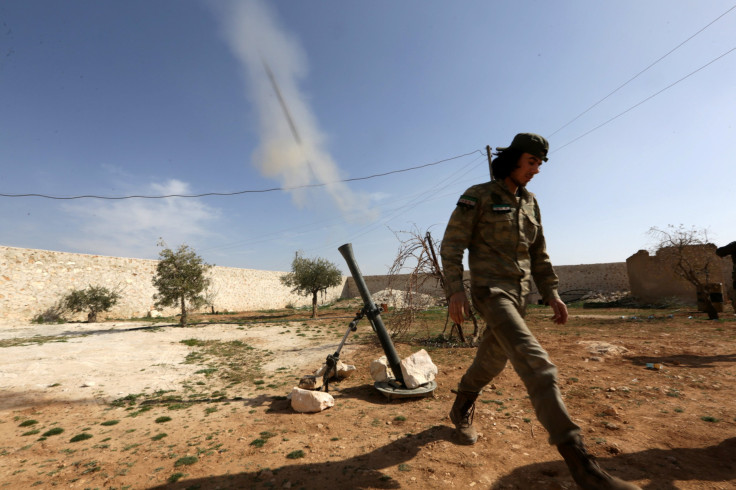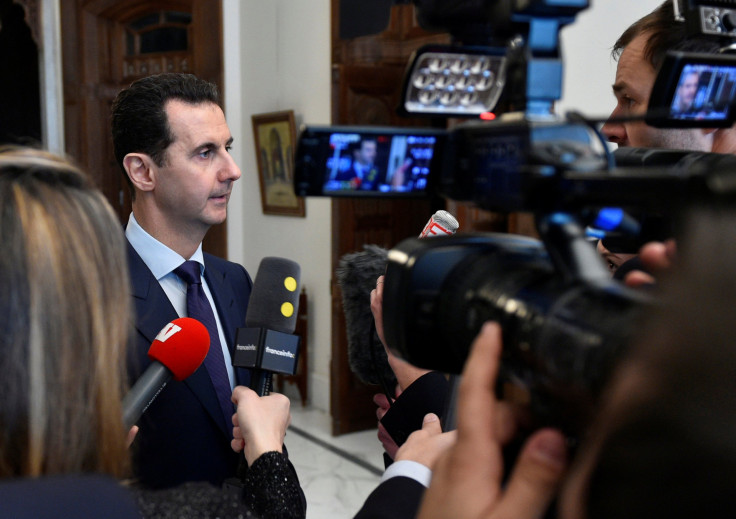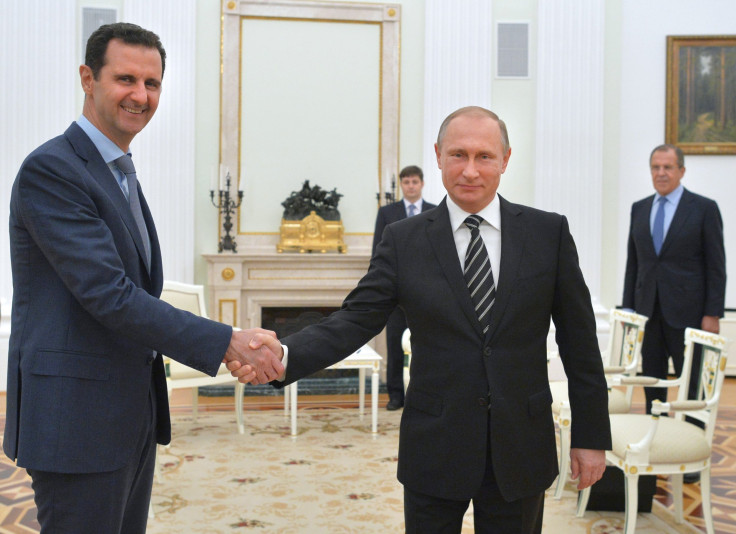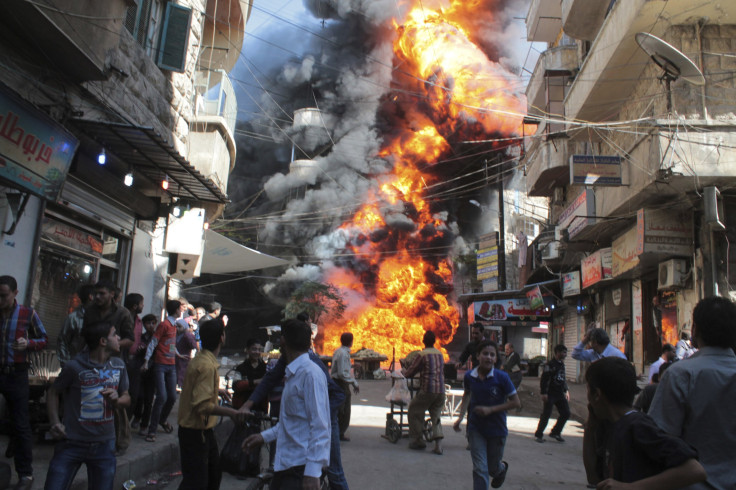Why Is Russia In Syria? Here's Why The Kremlin Got Involved In Another Country's Civil War

Syria has been in the throes of a violent Civil War for the past six years — one that involves an authoritarian leader, U.S.-supported rebels and radical Islamic groups all fighting each other. And if that's not messy enough, there's Russia.
Never the stranger to controversy, Russia was roundly criticized last year for its month-long bombing of the Syrian capital of Aleppo. The Human Rights Watch said the Russian campaign against Aleppo, which caused several civilian deaths, was a war crime.
But to fully understand why Russia got involved in Syria’s war in the first place, it’s important to understand a bit of history of the two nations’ relationship.
Read: Who Is Winning In Syria? US To Deploy 1,000 More Troops To Weaken Russian Forces
Cold War Friendship
Let’s first rewind about 70 years. In 1946 — back when Russia was the Union of Soviet Socialist Republics (USSR) — the two countries signed a secret agreement in which the USSR promised Syria to help with the formation of the Syrian Arab Army. At the time, the sides between the Cold War were being formed: It was the West vs. the USSR and its allies — and Syria was certainly one of those allies.
Decades later, in 1971, that relationship was reaffirmed when the Soviet Union opened a naval base in the Syrian city of Tartus. This gave the Soviets a stable presence in the Middle East.
In 1980, Syria and the Soviet Union signed a Treaty of Friendship and Cooperation meant to last twenty years. Even after the USSR fell and Russia replaced it, that diplomatic friendship has remained intact.
Civil War
In 2000, Bashar al-Assad became president of Syria, and he has remained in charge ever since. Over the years, Assad retained popularity with the military, but not with the Syrian people at large.

So when Syrians rose up in 2011 — along with Tunisians, Egyptians and nearby in what was called the Arab Spring — to challenge their leader, Assad cracked down. And he cracked down violently. Assad, who has been accused of human rights violations such as inhumane prison conditions and systematic violence, was not willing to give up power easily.
While Iran sent support to the Syrian government, the U.S. began supplying troops to the Syrian rebels hoping to overthrow Assad. But soon after its start, the situation in Syria started getting even more complicated, and the two sides splintered into many more factions.
For one, the Kurds, an ethnic minority in Syria, declared its own mini-state in Syria. And then radical terrorist group the Islamic State, more commonly known as ISIS, got involved. ISIS took parts of Syria and Iraq in 2014, forcing the U.S. to shift its focus to stop radical Islamist groups like ISIS.
Russian Intervention
It seemed like Assad might fall in 2015, thanks to the influx of forces against him, including the U.S.-supported rebels and ISIS. But Russia was still an ally with Syria — indeed, Syria was one of Russia’s few allies left — and that’s when President Vladimir Putin decided to intervene.
Putin, who has been accused of human rights violations such as imprisoning and killing people who have opposed him, sent in Russian troops to support Assad in September 2015. In the past, Putin explained that Russia intervened in order to help Assad fight ISIS.

“I asked (Assad), ‘How would you feel if we were to find in Syria an armed opposition, but one that is ready to counter and really fight against terrorism, against ISIS?’” Putin said in October 2015. “‘How would you feel if we supported their efforts in the fight against terrorism just as we are supporting the Syrian army?’ (Assad) said, ‘I’m fine with that.’”
But it was significant that Putin chose to fight ISIS by providing support to Assad, while the U.S. tried to defeat ISIS by supporting Syrian rebels. This is because Russia was likely looking to protect its diplomatic ties to Syria — but it was also a way for Putin to flaunt his military dominance and say, in effect: 'Nobody tells Russia what to do.'
Weapons Ties
Russia not only had diplomatic advantages to siding with Syria’s government, but economic advantages, too.
The Syrian Civil War began in 2011. In the years before that, starting in 2007, Syrian arms imports rose by 580 percent compared to the five years prior — and 78 percent of those weapons came from Russia.
After Russia intervened on behalf of the Syrian government in 2015, it saw its arms exports bring in $56 billion.

© Copyright IBTimes 2024. All rights reserved.






















